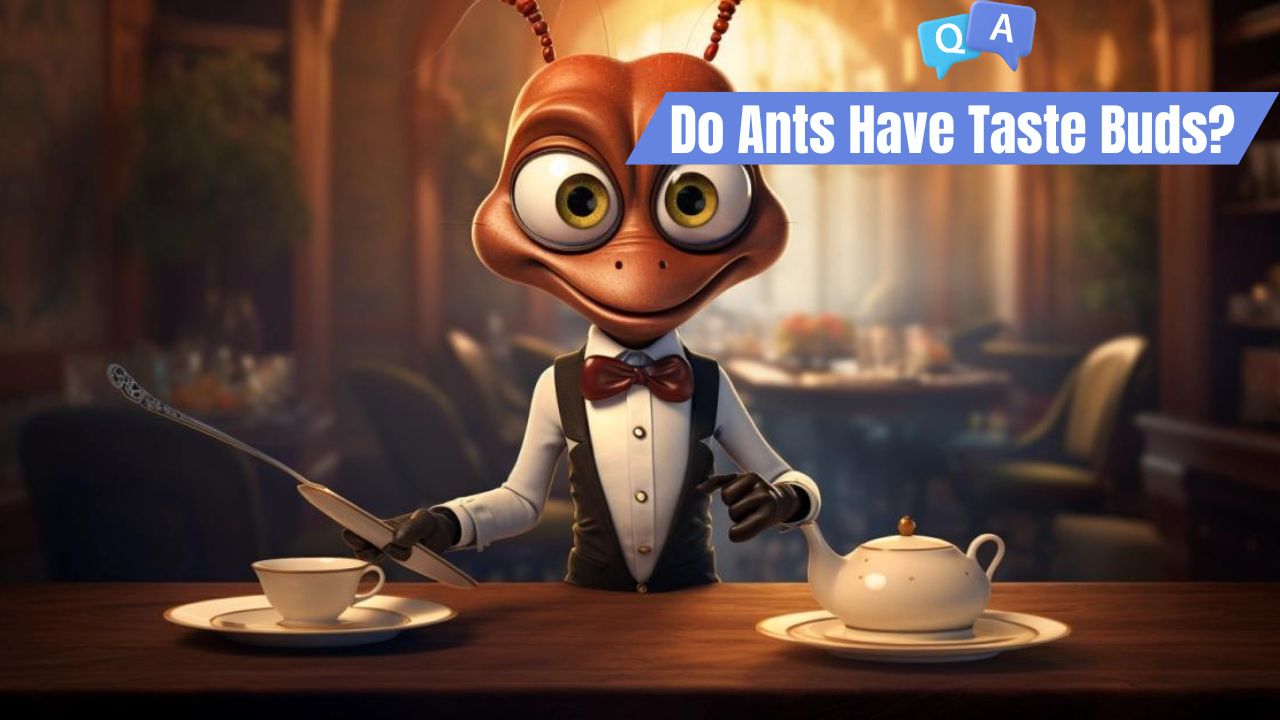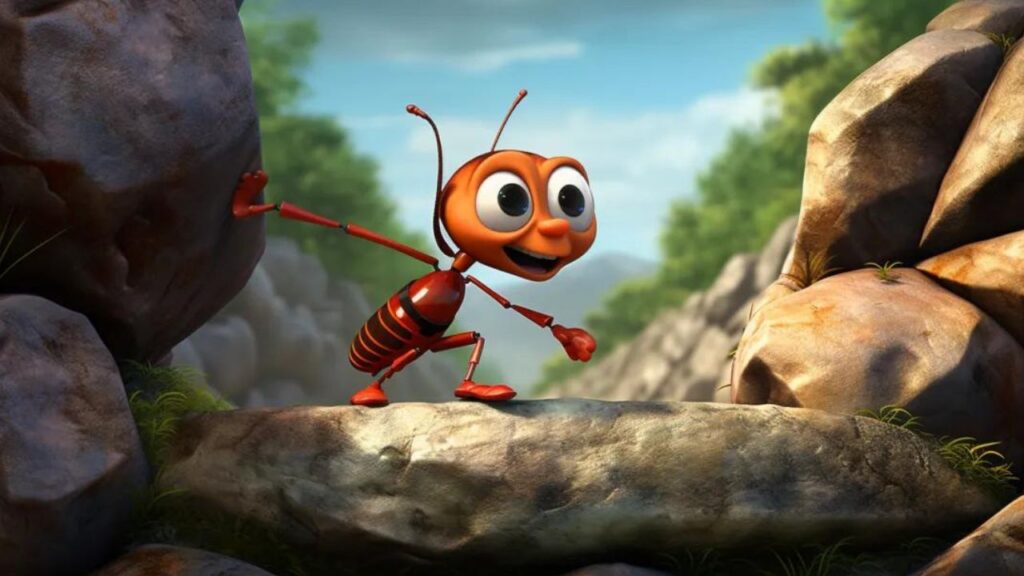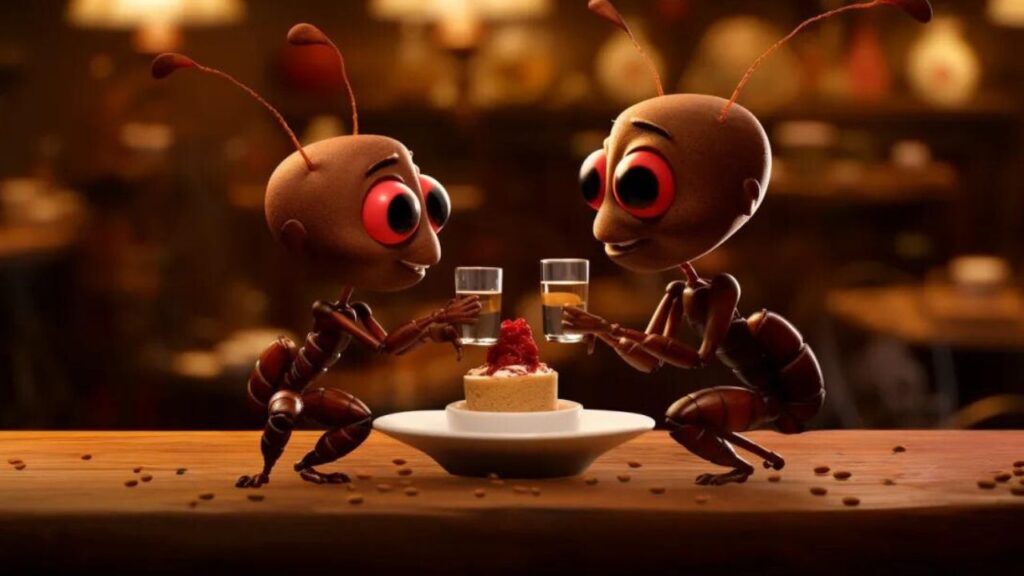The Function of Taste in Ant Behavior
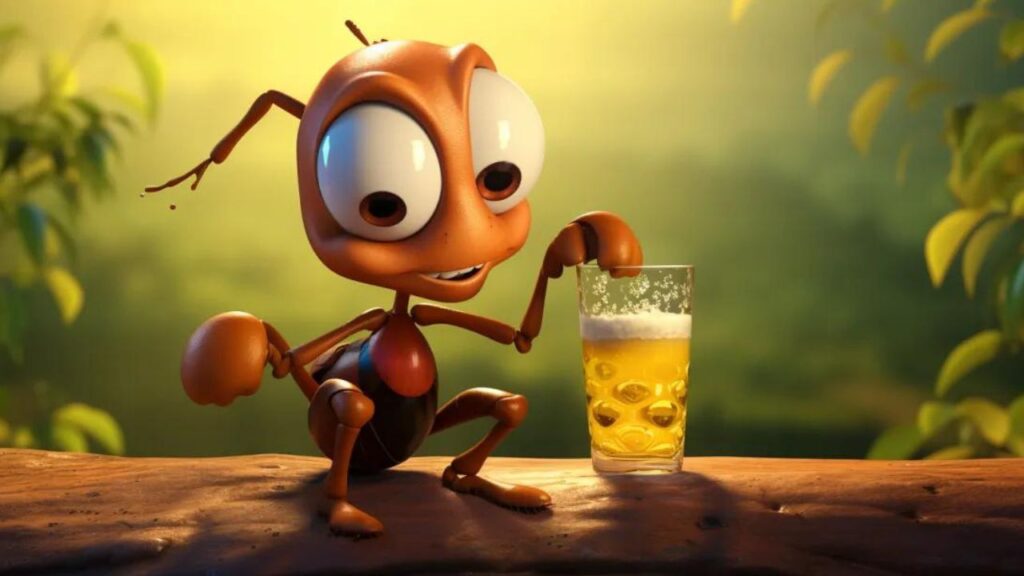
In the intricate society of ants, taste is not merely a sensory pleasure but a vital tool for survival. It governs a myriad of behaviors, from sourcing food to complex colony communication, even playing a role in the defense mechanisms of the colony.
Foraging and Food Selection
The quest for food is a fundamental task for any ant colony, and taste is the compass by which foragers navigate. When an ant encounters a potential food source, its gustatory receptors analyze the chemical composition of the item. This analysis informs the ant whether the substance is edible, how nutritious it might be, and whether it should be collected or ignored. Sweetness generally indicates a rich energy source like nectar or ripe fruit, which is highly prized. Bitterness might suggest the presence of toxins, signaling the ant to steer clear. This chemical information helps ants select the right foods to sustain their colonies and avoid those that could be detrimental.
Communication Within the Colony
Taste also plays a critical role in the sophisticated communication network within an ant colony. Through the process of trophallaxis, or regurgitative food sharing, ants share not only nutrients but also chemical information about the food sources they’ve found. This exchange can influence the behavior of other ants, directing them to abundant food sources or warning them of scarcity. Additionally, the taste of pheromones, which carry specific chemical signals, helps maintain the social organization of the colony, delineating roles and conveying distress signals or cues for colony mobilization.
Taste in Ant Defense Mechanisms
Taste receptors enable ants to detect harmful substances, which is crucial for the defense of the colony. When foraging ants encounter substances with a strong bitter taste, often associated with toxins or spoilt food, they learn to avoid these areas in the future. Some ant species can even detect the chemical signals of predators or rival colonies, allowing them to take preemptive defensive actions to protect their nests. This could involve retreating from dangerous areas or even mounting an aggressive response if the threat is imminent.
The function of taste in ant behavior highlights the sophistication with which these creatures interact with their environment and each other. It is through taste that ants make decisions that affect the very survival of their colony, from discerning food quality to communicating danger. This sensory system, so different from our own yet so vital for ants, underscores the diverse and intricate ways life has evolved to meet the challenges of survival.
Research on Ant Taste Perception
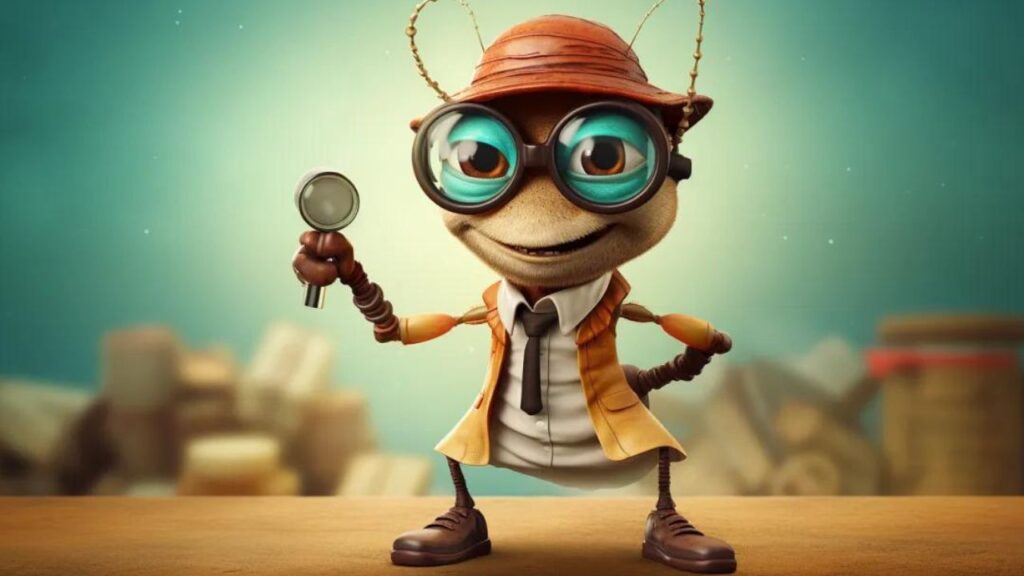
The study of ant taste perception is a burgeoning field that blends ethology, chemistry, and neuroscience. As a researcher delving into the world of ant gustation, I’ve been captivated by the innovative methods used to investigate how ants perceive taste and the revelations these studies have brought to light.
Methodologies for Studying Ant Gustation
Research into ant gustation employs a variety of methodologies. Behavioral assays, where ants are presented with different substances and their responses are observed, remain fundamental. These can range from simple binary choice tests to complex mazes with multiple food options. Electrophysiological recordings are also used to measure the neural responses of ants to different tastes, providing direct evidence of gustatory perception. Additionally, molecular techniques such as gene silencing and receptor analysis are used to dissect the genetic and neurological underpinnings of taste in ants.
Key Studies and Findings
One of the key findings in ant gustation research is the discovery of the vast array of sensilla on ant antennae and legs, each attuned to different chemical stimuli. Studies have shown that ants can detect and respond to a wide range of tastes, from the sweetness of sugars to the bitterness of alkaloids. Research has also revealed that ants use taste to communicate information about food sources back to the colony, influencing collective decision-making. Furthermore, the study of ant gustatory receptors has shed light on the evolution of taste perception, suggesting that ants share a common ancestor with bees when it comes to certain taste pathways.
Future Directions in Gustatory Research
The future of ant gustation research promises to be exciting, with several avenues ripe for exploration. One area of particular interest is the role of taste perception in ant-plant interactions and how this influences ecosystem dynamics. Another is the investigation of how environmental changes, such as exposure to pesticides, may alter ant taste perception and, consequently, foraging behavior and colony health. The development of more sophisticated genetic tools may also enable researchers to manipulate taste receptors in ants, opening up possibilities for pest control and the protection of crops.
Research on ant taste perception has not only enhanced our understanding of these fascinating insects but has also provided broader insights into sensory biology. As we continue to explore the depths of ant gustation, we may uncover principles that are applicable to other species, including our own, and deepen our appreciation for the complex sensory world of insects.
Conclusion: The Complexity of Ant Taste

As we draw the curtains on our exploration of ant gustation, we step back to admire the intricate and complex system that allows these remarkable insects to interact with their environment. Ants, through their advanced gustatory capabilities, demonstrate the incredible adaptability and refined evolution of sensory perception.
Summarizing Ant Gustatory Capabilities
Ants possess a highly developed sense of taste, not through traditional taste buds, but via a network of sensilla located primarily on their antennae and legs. These sensory receptors allow ants to detect a variety of chemical cues from their environment, enabling them to make sophisticated decisions about food, navigation, and colony maintenance. Their ability to taste serves as a communication conduit within the colony, influencing collective behavior and the overall success of their social structure.
The Ecological Role of Ant Taste
The gustatory system of ants plays a pivotal role in the ecology of their habitats. It drives their foraging behavior, which in turn influences the distribution and abundance of plant species through seed dispersal. Ant taste perception is also crucial for the maintenance of symbiotic relationships with other species, such as aphids, and plays a role in the intricate web of interactions that make up the ecosystem.
Insights from Ant Gustation for Broader Science
Research into ant taste perception offers valuable insights that extend beyond myrmecology. Understanding how ants perceive and react to their environment can inspire innovations in pest control, leading to more targeted and environmentally friendly methods. The parallels between ant and human gustatory genes may even offer a window into our own sensory evolution. Moreover, ants can serve as bioindicators, helping us assess the health of ecosystems and the impact of pollutants on wildlife.
The complexity of ant taste is a testament to the marvels of evolutionary biology. These insects have developed a sophisticated sensory system that enables them to thrive in a wide range of environments, from deserts to rainforests. As we continue to study and learn from ants, we uncover the vast potential of the natural world and the endless discoveries that await in the detailed study of even its smallest inhabitants.

